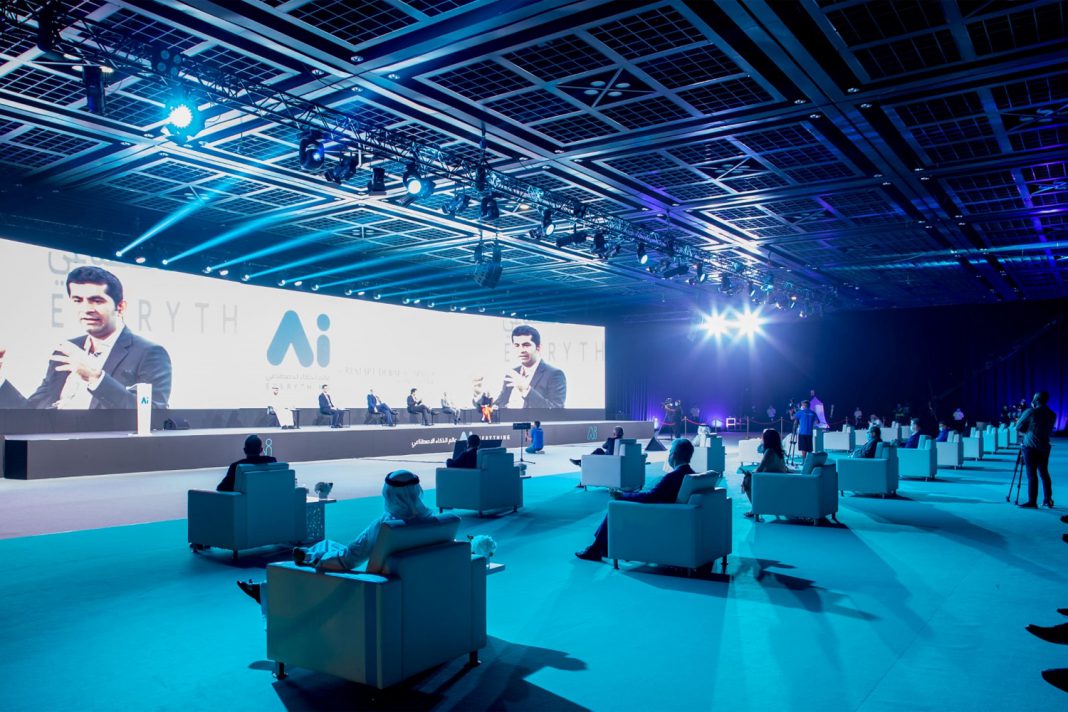The Middle East region’s meetings and events industry is a force for good and will continue to be a driver of the region’s progress, says the IBTM World Trends Report 2023. The prospect for this region does look positive from a meetings and events perspective, despite the current conflict in Palestine and Israel, it says.
“It is the nature of the Middle East — large investments creating incredible and enticing opportunities for meeting and events planners while at the same time, political issues create heart-breaking instability that slow this progress. It’s tempting always to look at the negatives, but hopefully, on a longer timeline, the Middle East can continue to be an exciting, innovative, and forward-looking source of positive progress,” it says.
IBTM World is the leading global event for the meetings, incentives, conferences and events industry, taking place annually in Barcelona. The conference, which opened on November 28 will conclude on November 30.
The report quotes a study by ReportLinker titled ‘Middle East & Africa Events Market Forecast to 2028 – Covid-19 Impact and Regional Analysis’, which said the events market in the Middle East & Africa is expected to continue its growth from $53.63 billion in 2022 to $76.67 billion by 2028 with a CAGR of 6.1 percent between 2021 and 2028.
The report cites a number of trends that will contribute to this growth, not least the rise in virtual events, and new technologies that are growing translation efficiency and quality. It comments: “Continuous advancements in event management are likely to provide lucrative opportunities for the growth of the events market during the forecasted period.”
As ever, with geography as complex as the region, the prospects are mixed, with competitively strong growth in the energy-rich Gulf Co-operation Council (GCC) states providing a counterbalance to the other countries in the region, says the IBTM report.
Within the world of meetings and events there is a perception, articulated by Patrick Delaney of Sool Nua, that the region, when compared with global competition, represents a ‘lighter’ political risk, neither associated with ‘the west’ nor holding tight ties with the likes of China or Russia, it says.
This ambiguity allows corporate businesses and association organizations to choose the region without being seen to be ‘picking a side’ — for now.
It is maybe for this reason, says the Economist Intelligence Unit (EIU), that the region’s travel and tourism industry is showing strong signs of recovery, and international visitor arrivals could return to pre-Covid levels by the end of 2023, says the report.
The data puts this growth down to effective promotional campaigns and the release of pent-up demand. However, it also points to a number of major infrastructure investments across the region.
Playground in the desert
In a report last year, it was explained that the region was fast positioning itself as the ‘playground in the desert’, a place of extreme sports, indulgent incentives, highly cultural and meaningful experiences, all complemented with vibrant and growing cities and infrastructure projects of staggering scale and complexity.
What started with Dubai’s Expo 2020 has evolved into the extraordinary vision of Saudi Arabia’s Neom and The Line, some of the most ambitious global infrastructure projects the world has ever seen. These projects cannot be ignored and present exciting, original and purposeful options for the meetings and incentive community. They are contemporary in their thinking; ethical, sustainable and meaningful.
Because they are also beautiful in their design and show genuine cultural awareness, they play into the mind of the modern event professional. It is one more reason why the Middle East is fast becoming a growth area.
Palestine crisis
However, any closer analysis of the Middle East unfortunately comes with a number of political issues that continue to undermine the region’s progress and act negatively against its perception. This has been demonstrated when, at the time of writing, the long running tensions between Palestine and Israel turned into an all-out and bloody conflict, centered around the weekend of October 6th – 7th.
It is difficult to predict exactly how this war will play out and its onward effects on the global community, however it is difficult not to see it become part of a wider global game of geopolitics in the same way as the Ukraine – Russia conflict.
At the same time, like the war in Ukraine, thousands are already dying, causing untold devastation among civilians on both sides of the conflict. These will, in turn have, onward ramifications for communities around the world, with more billions of dollars being put into weapons and armoury on both sides of the war.
The war between Israel and Palestine, depressing in so many ways, is probably most so because of how predictable it was — something that makes the region so hampered economically. There are several other troubled states, each facing a very uncertain and insecure future, from Iran to war-torn Syria and Yemen. In each of these areas, the outlook is that conditions are unlikely to improve and could easily deteriorate.


